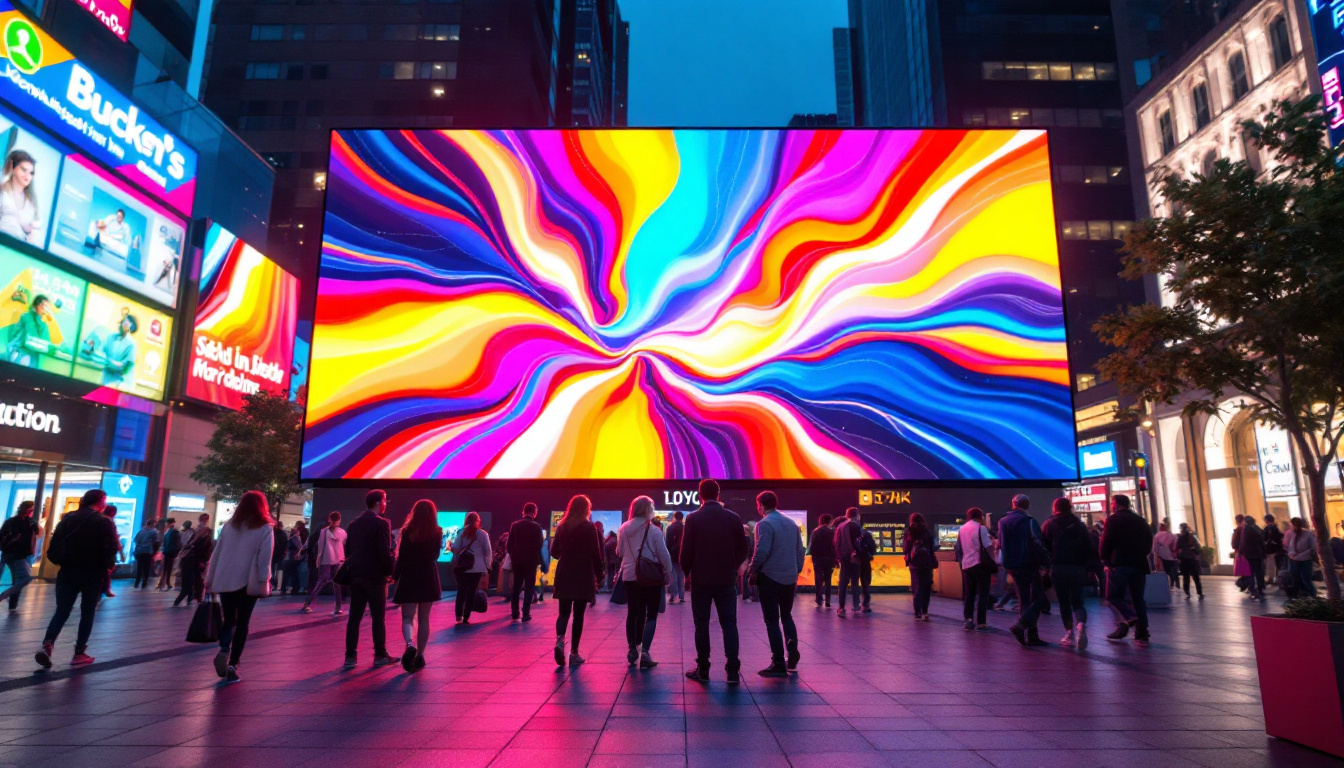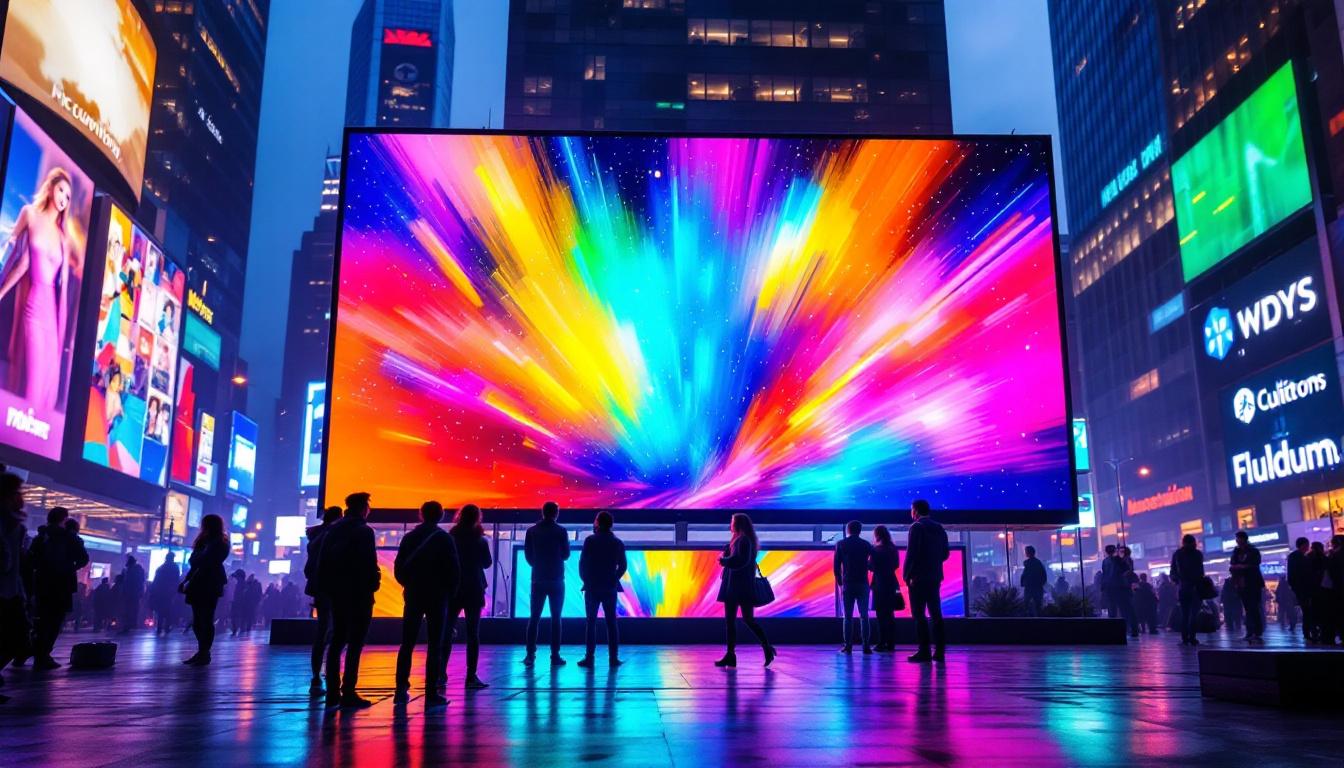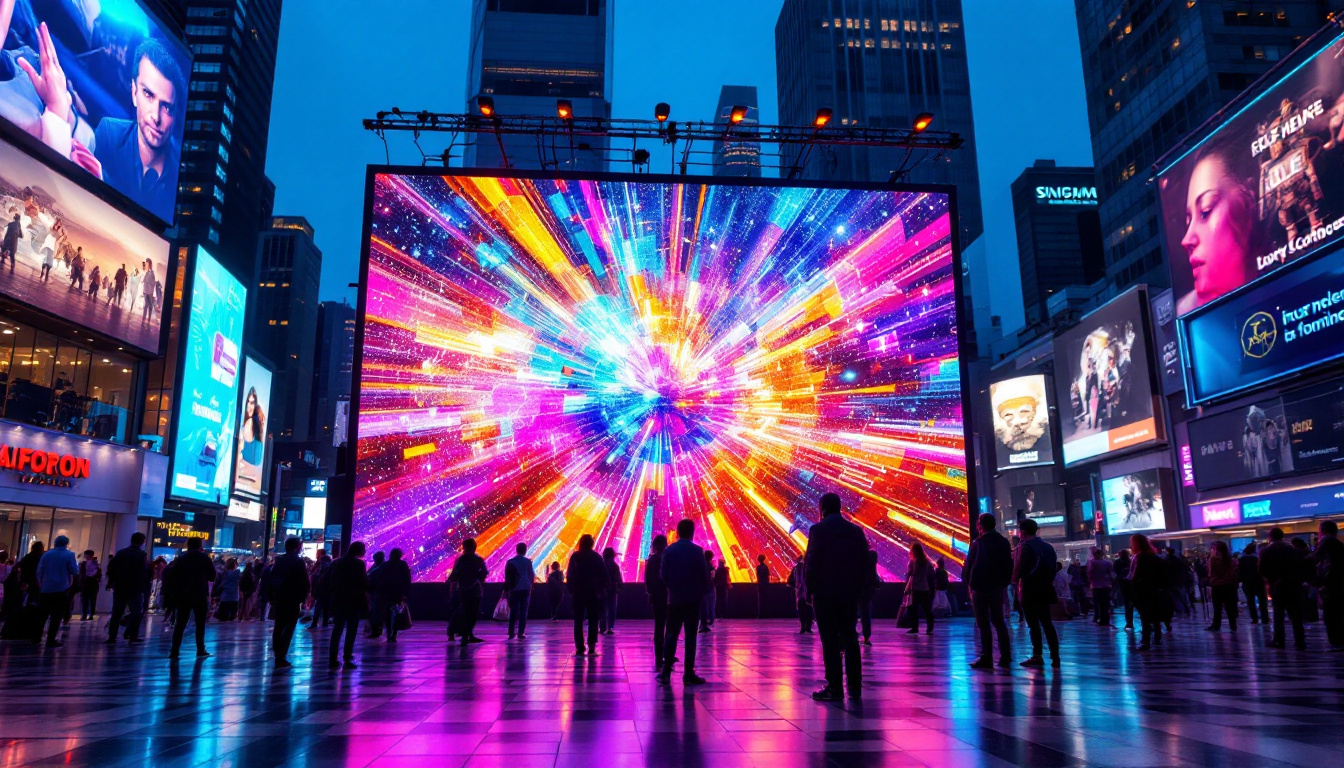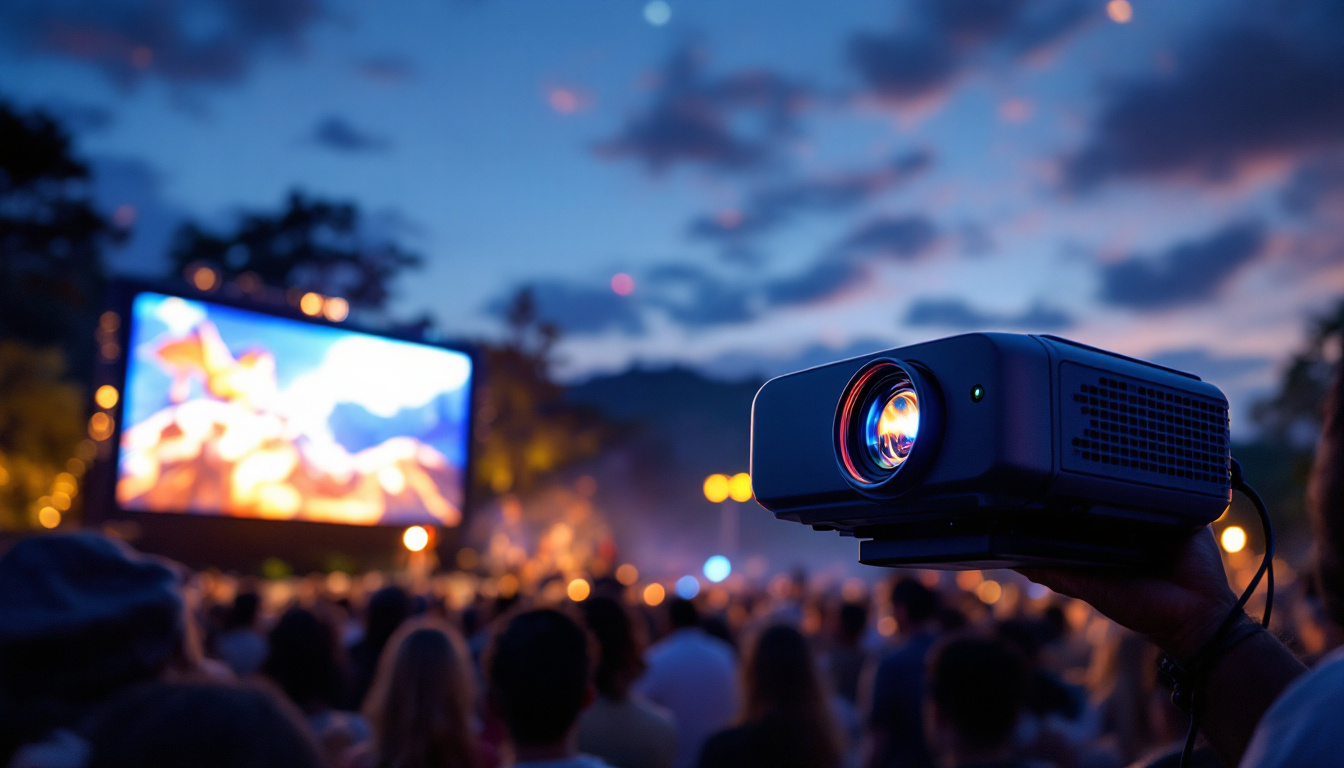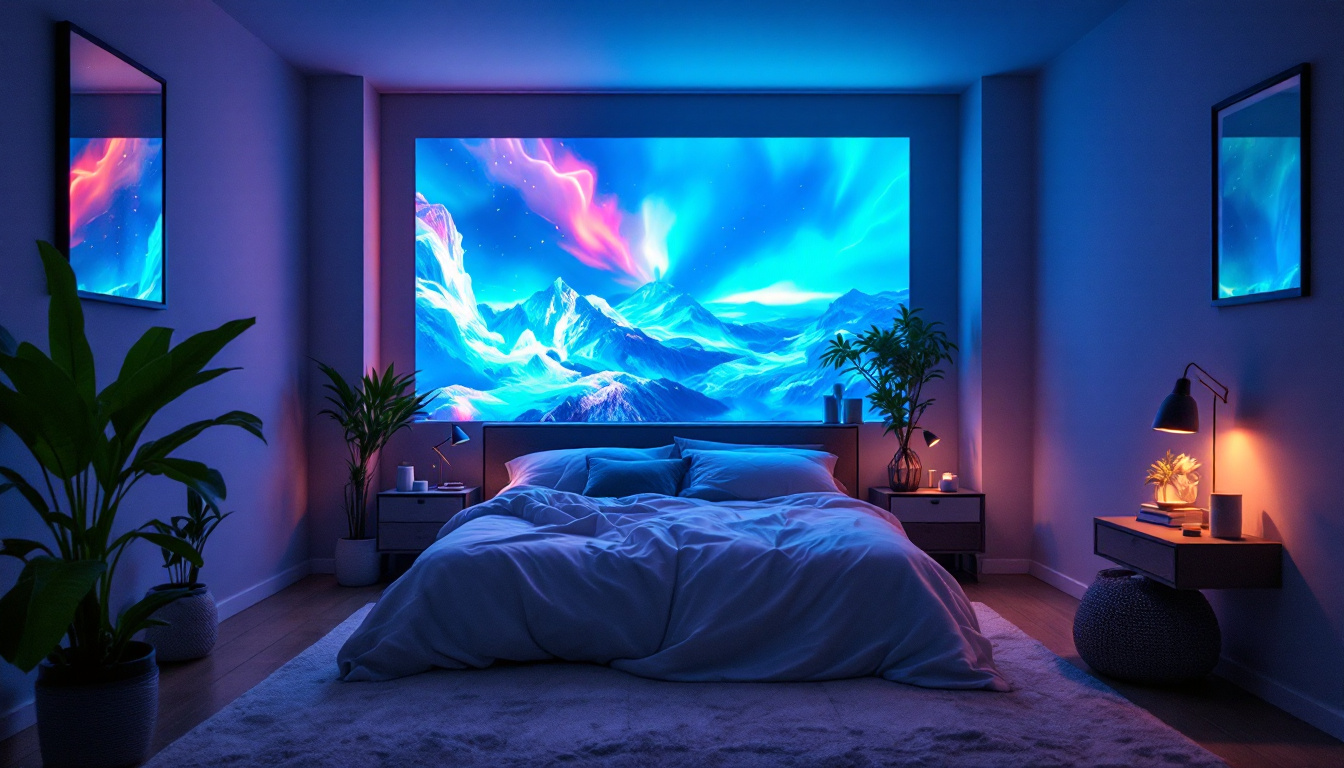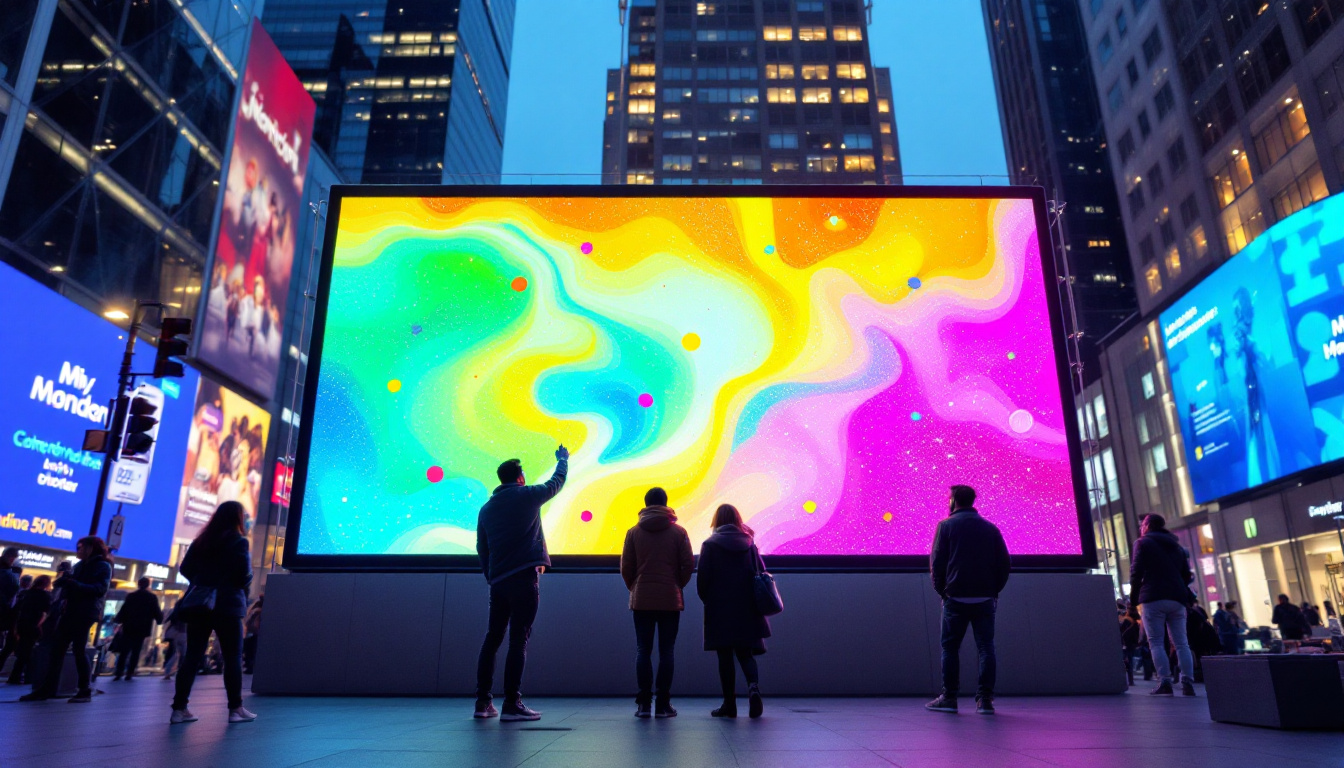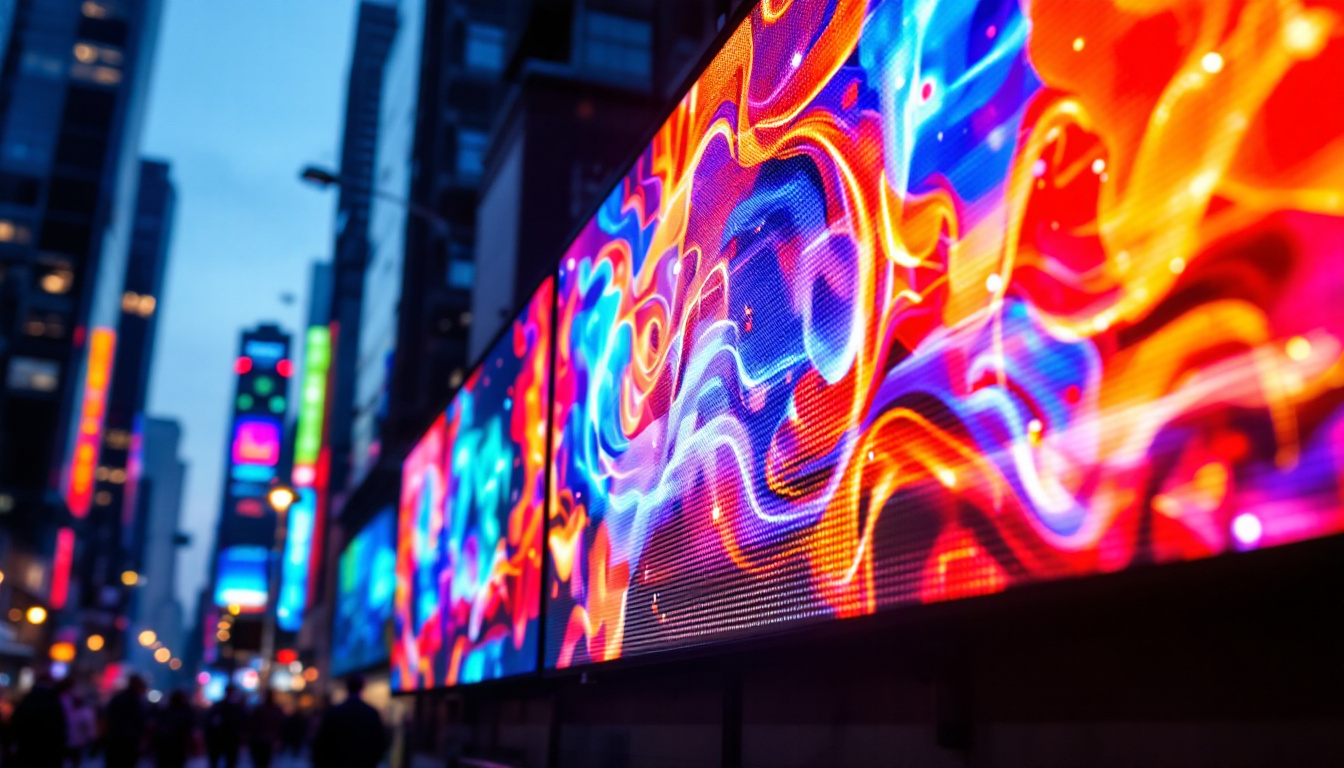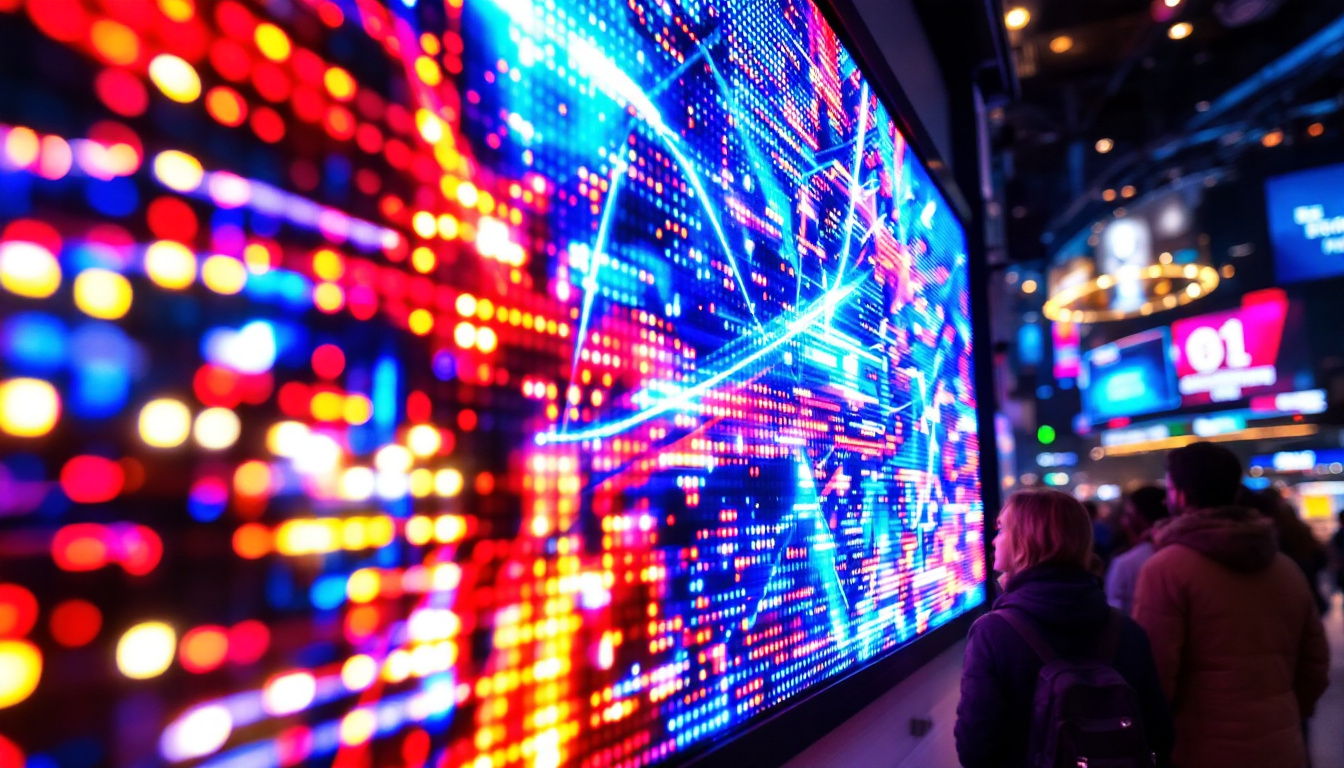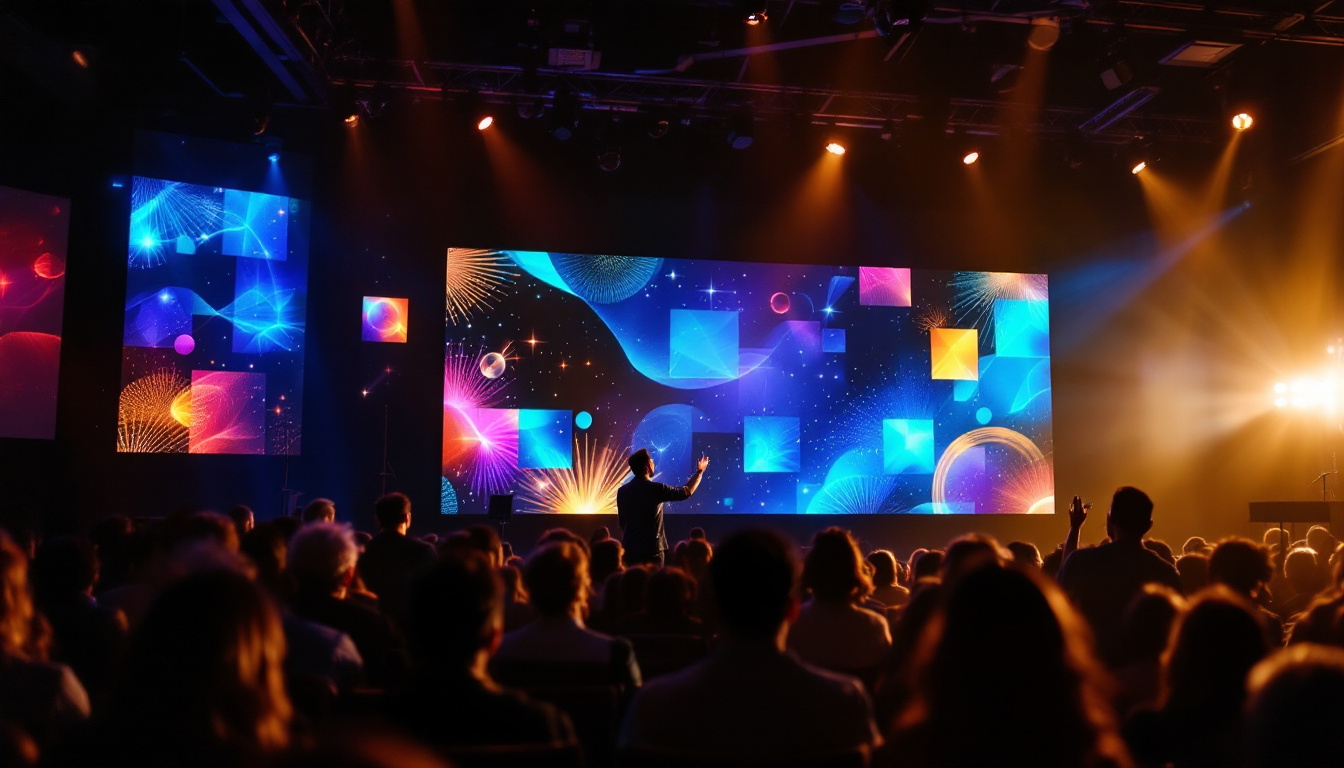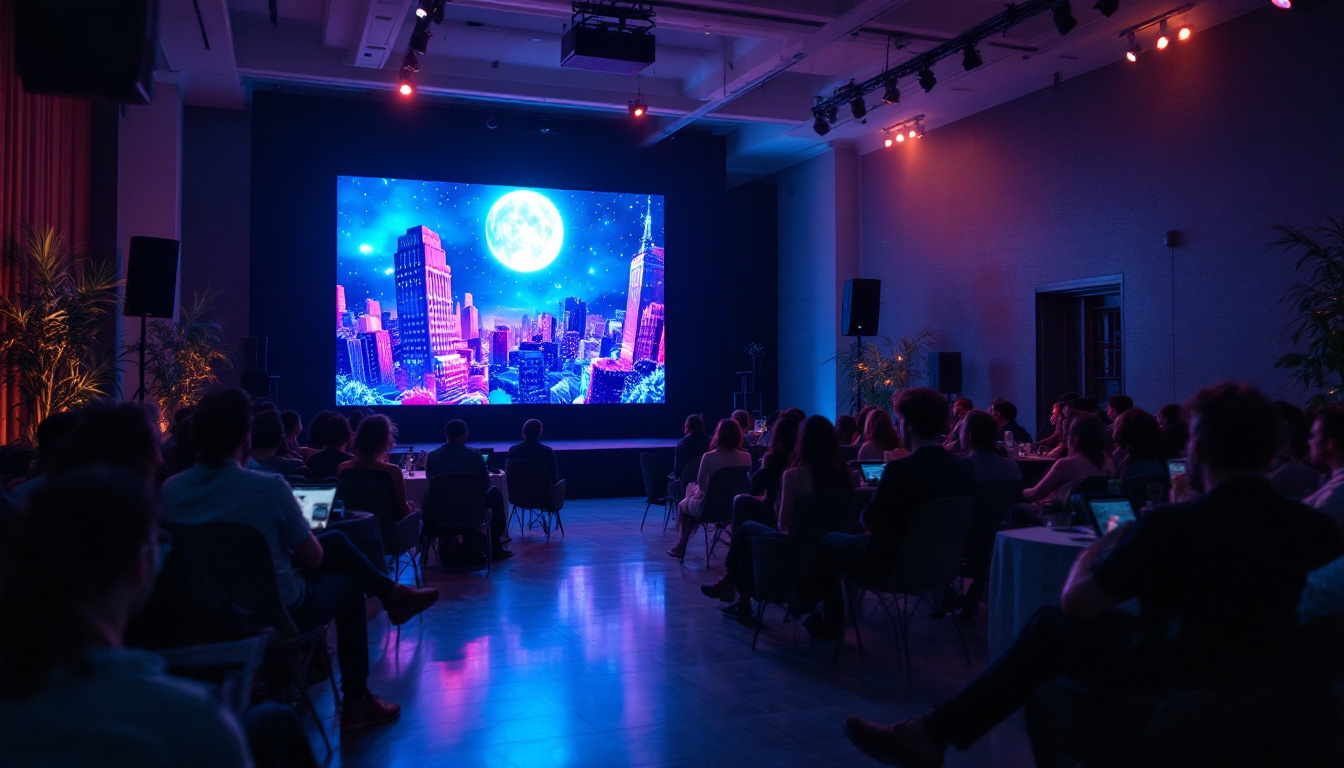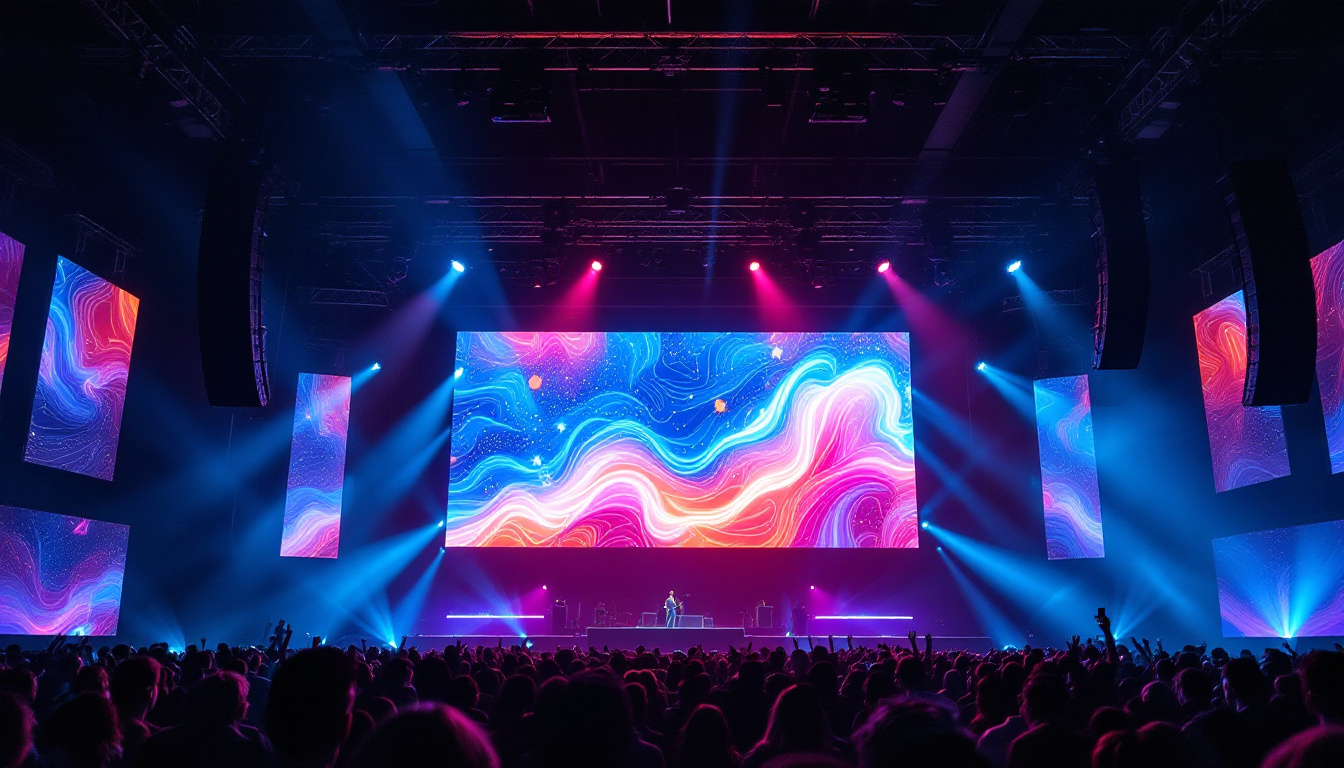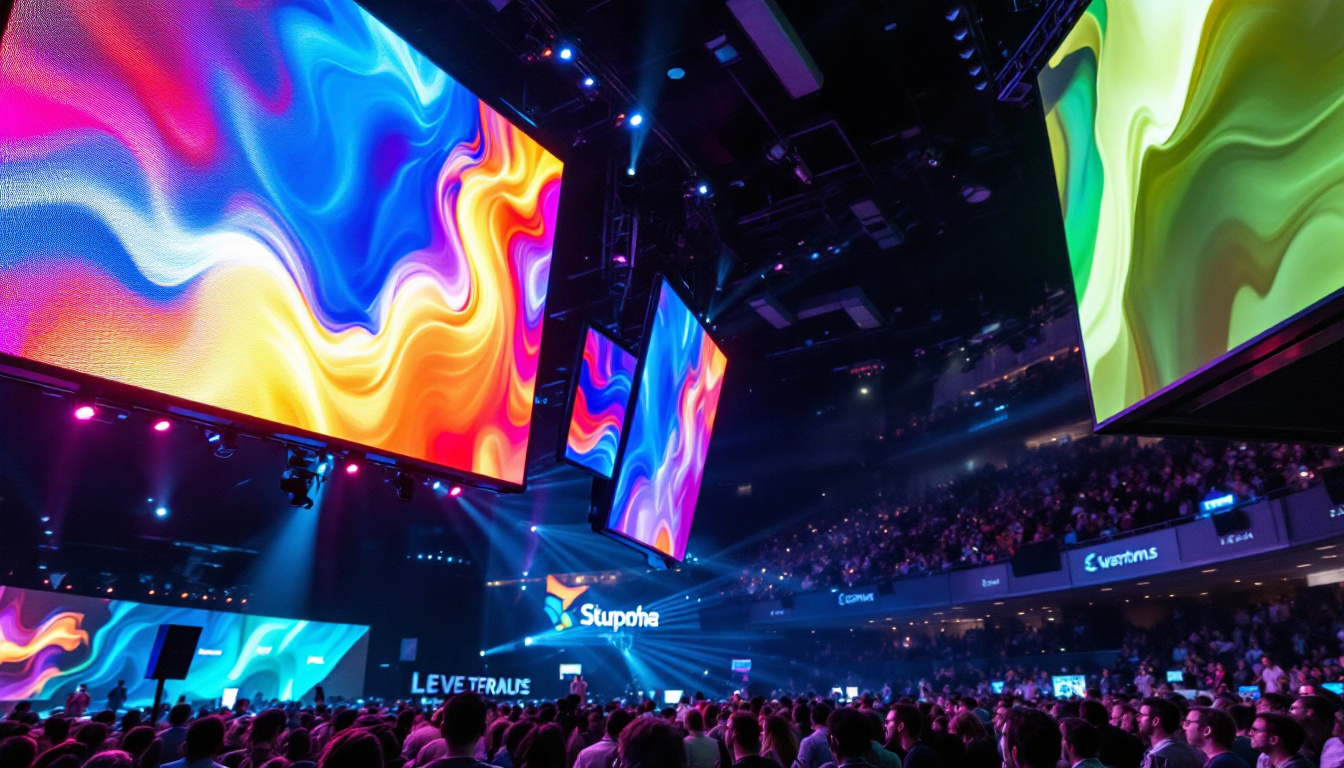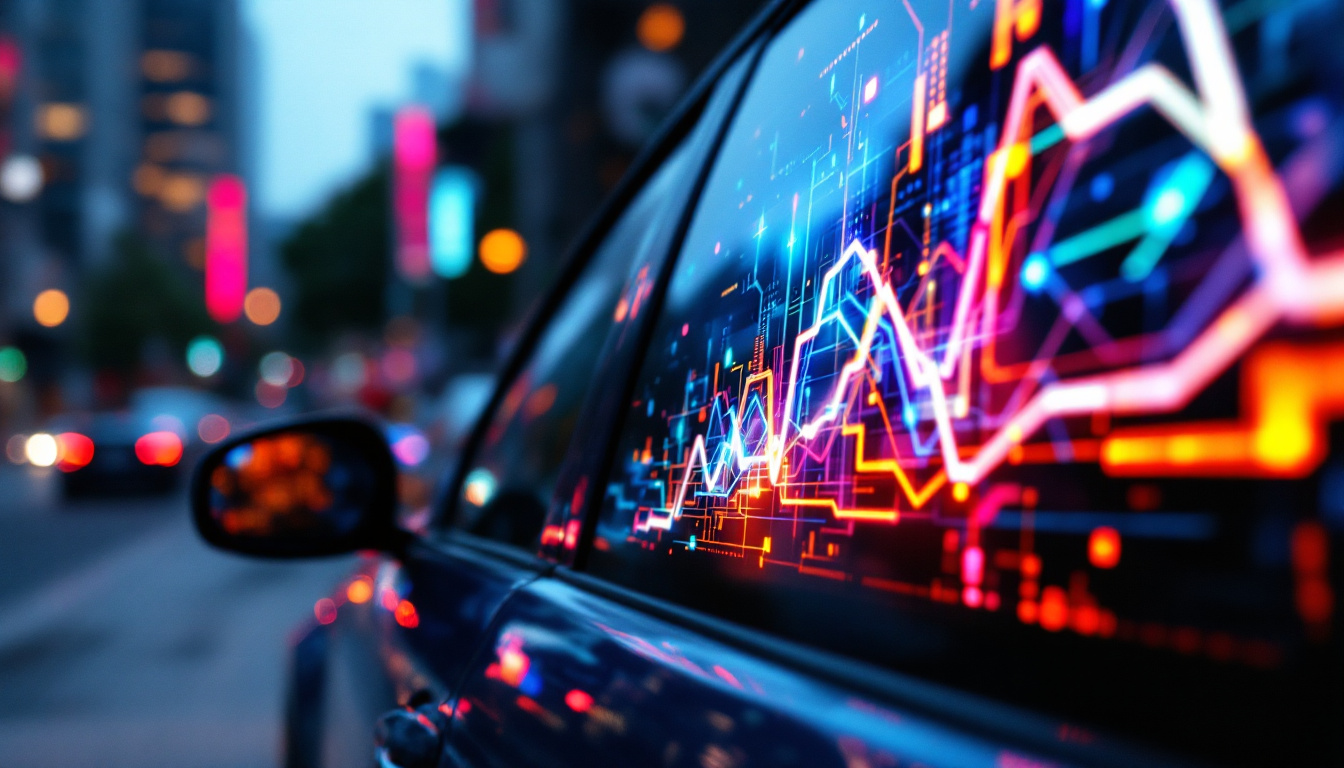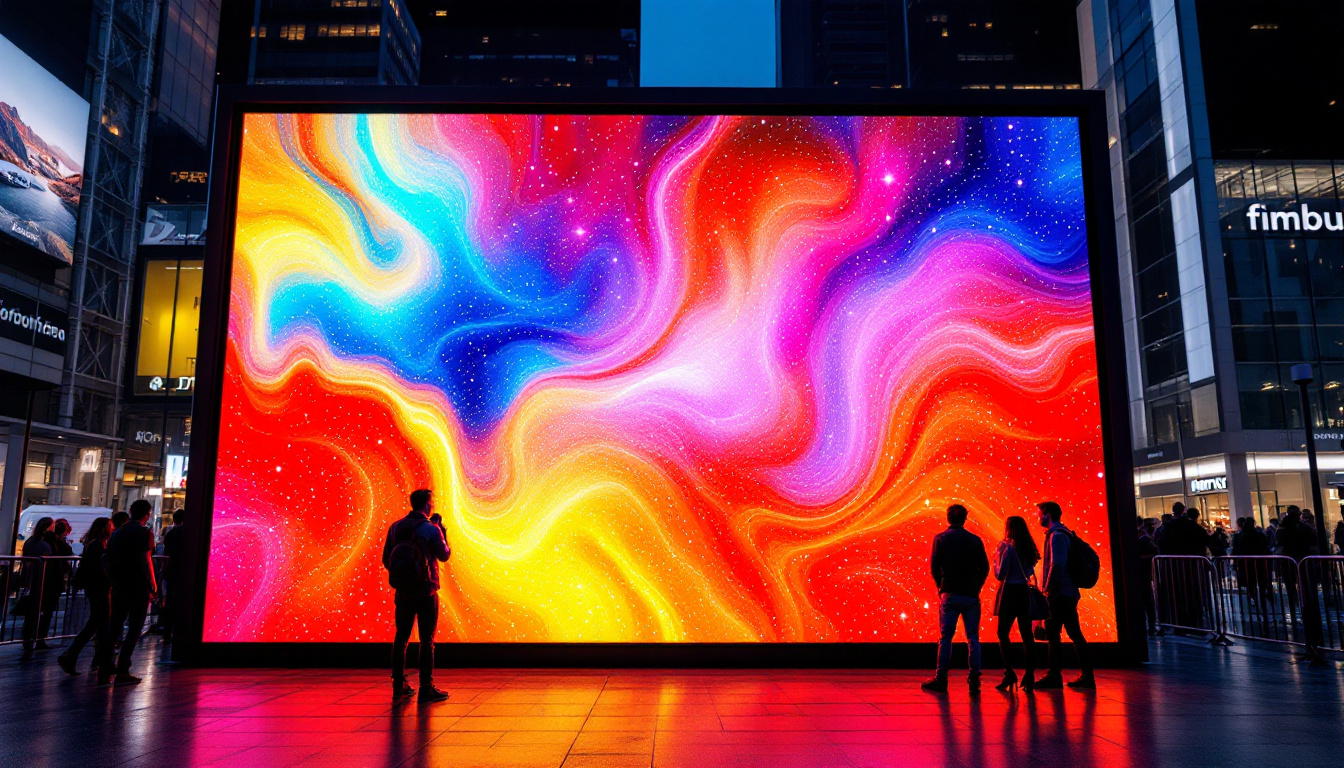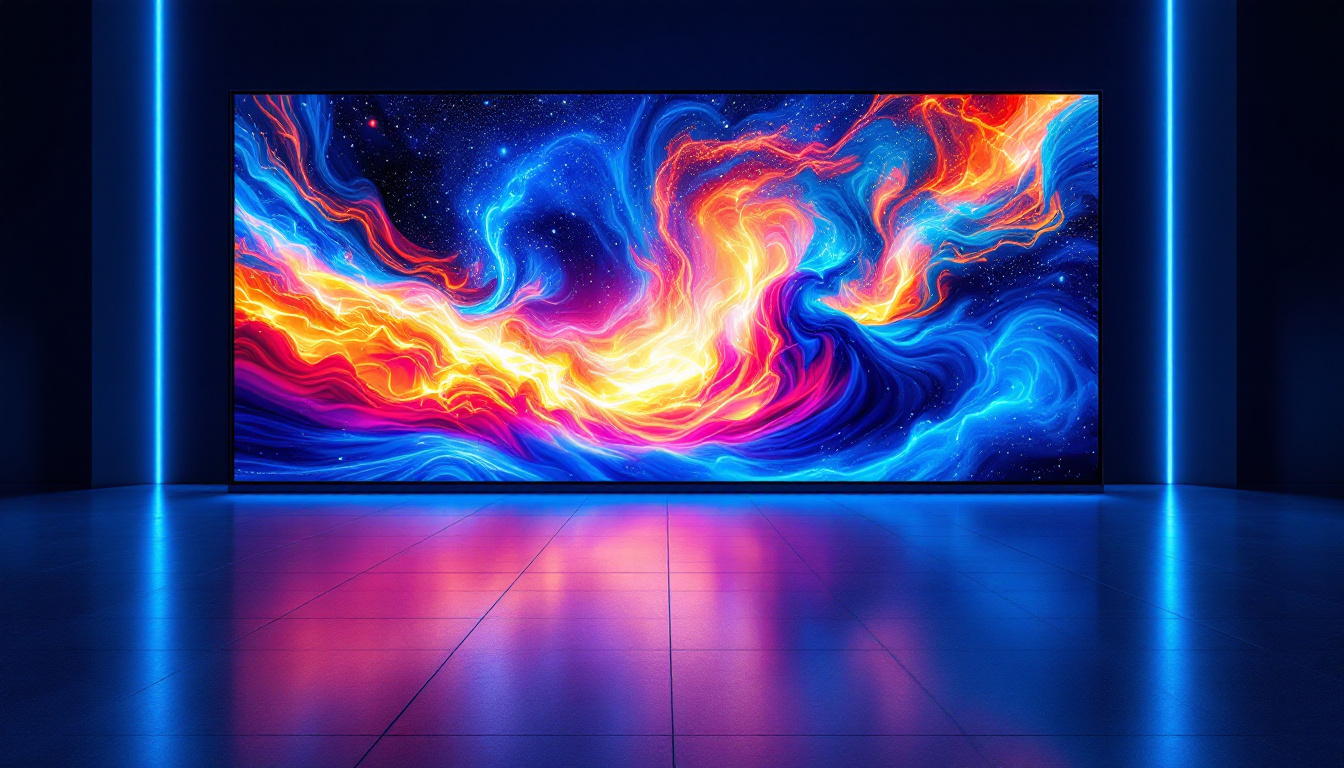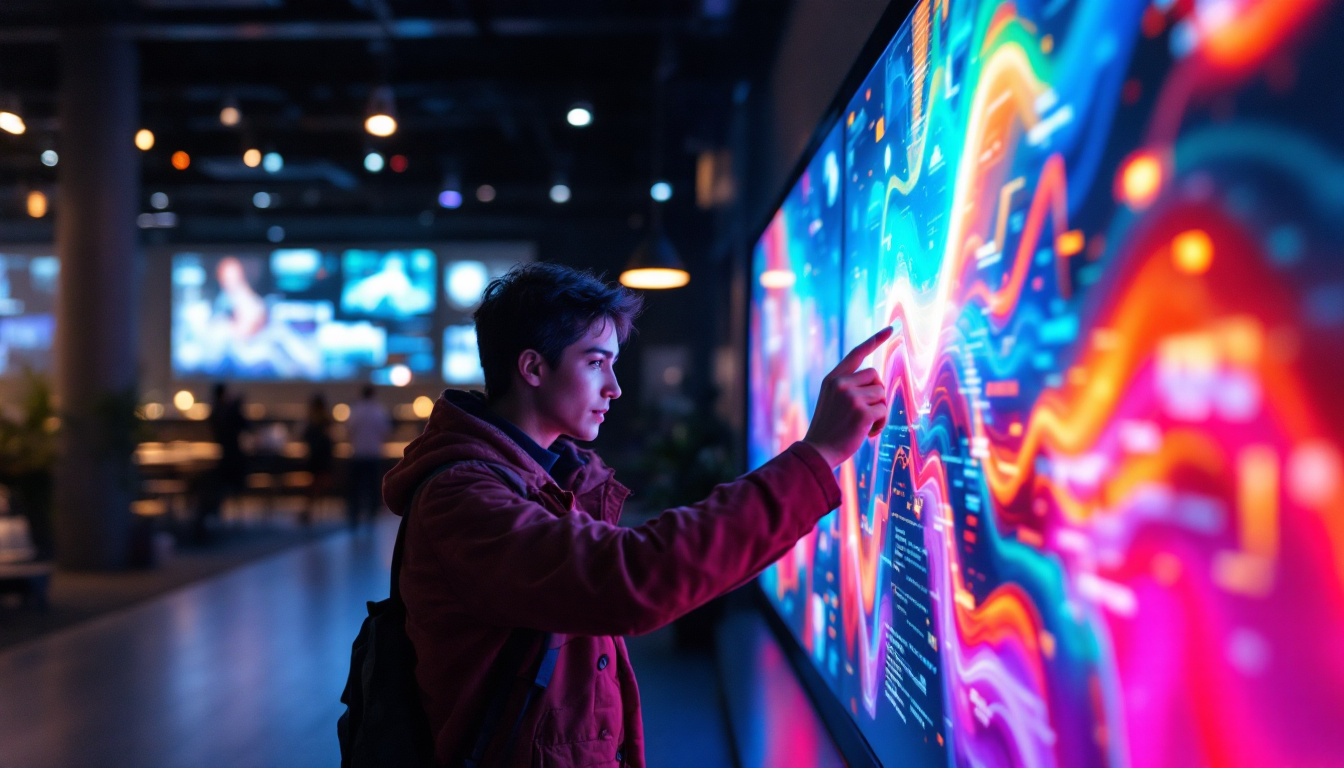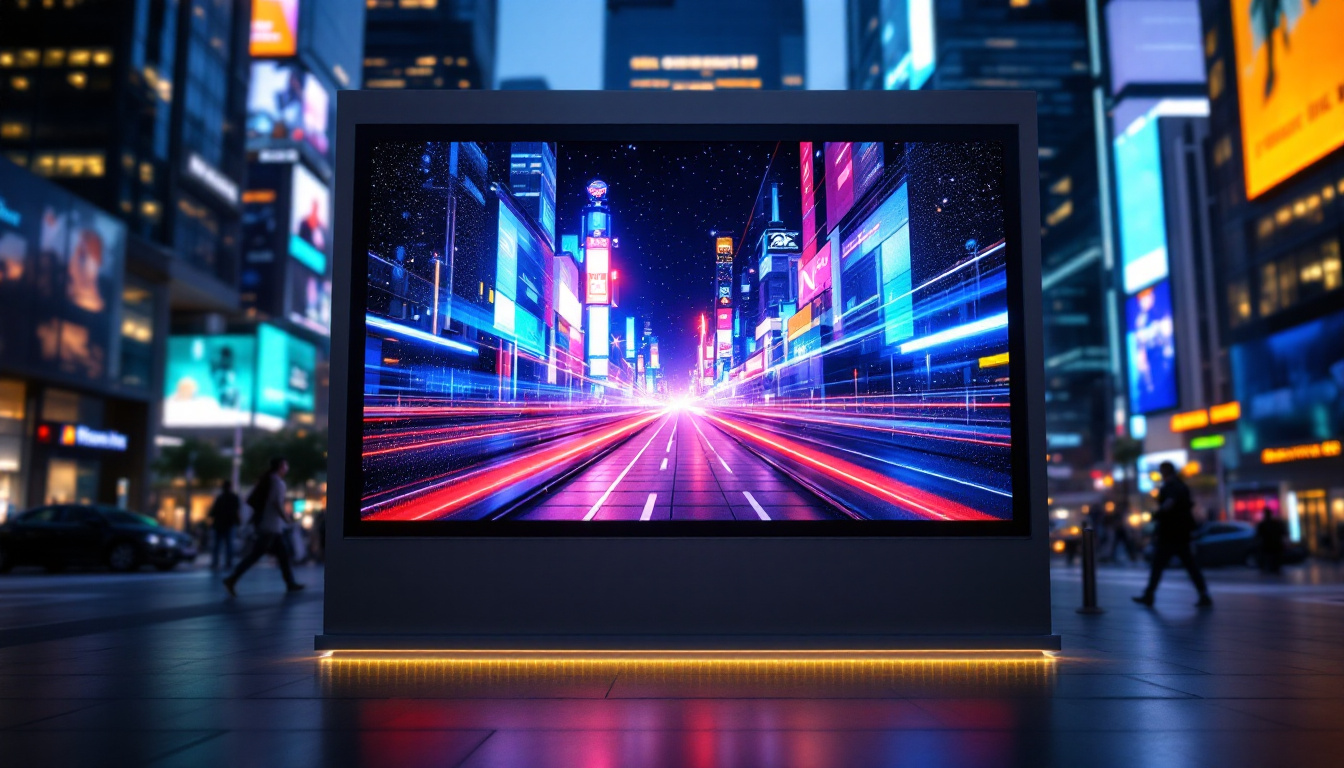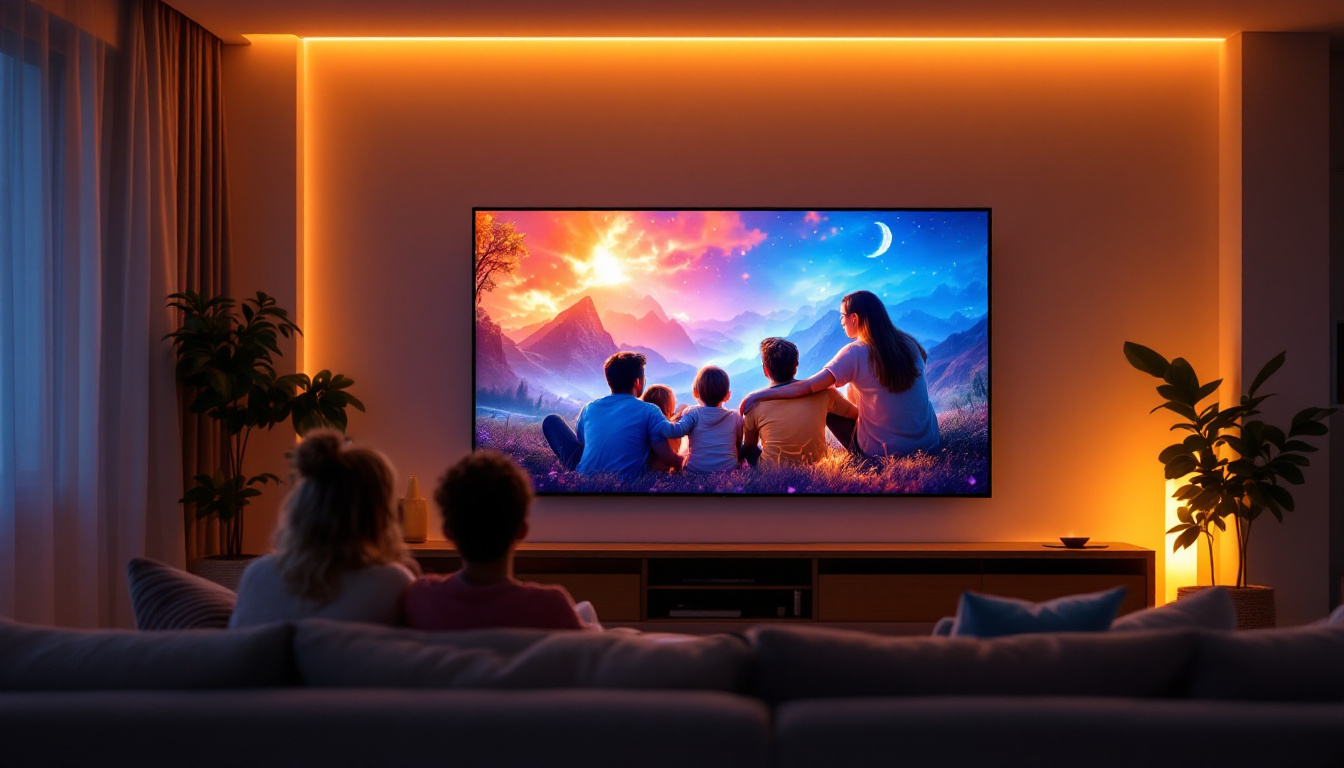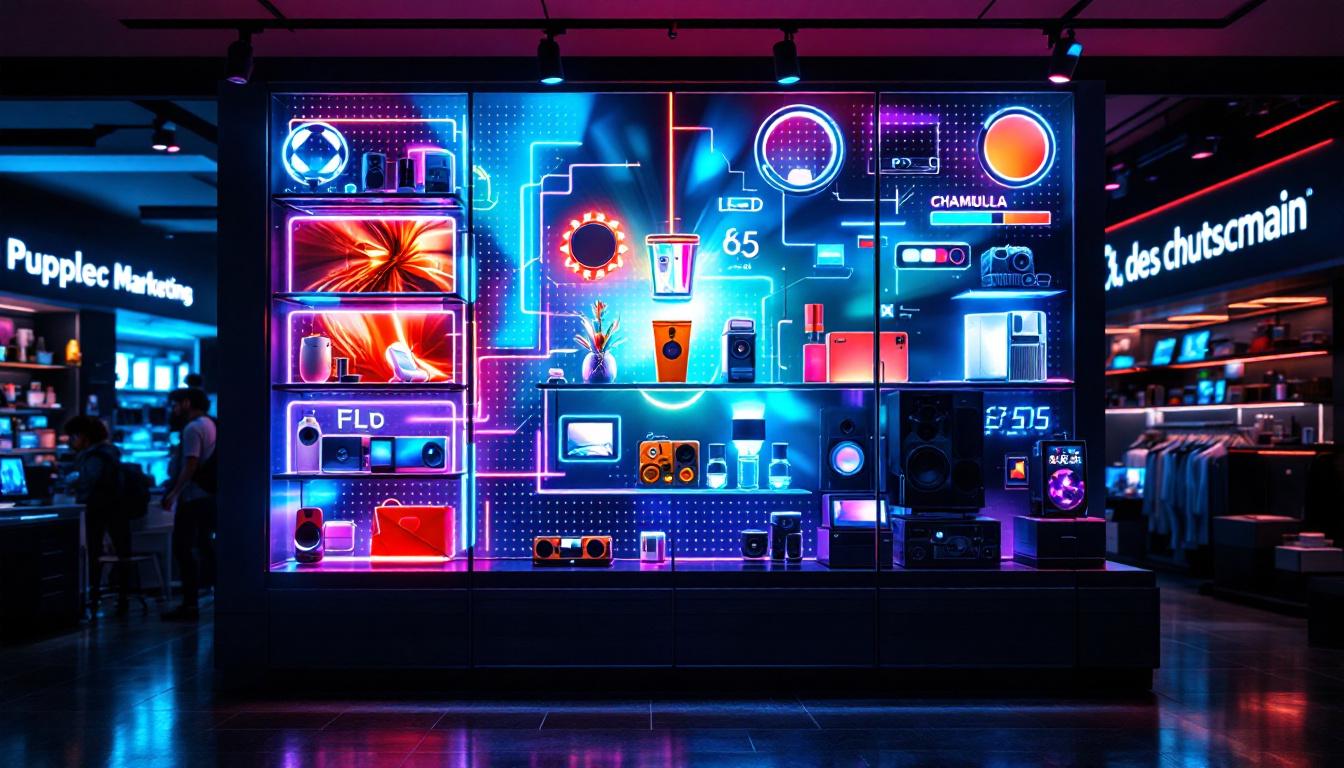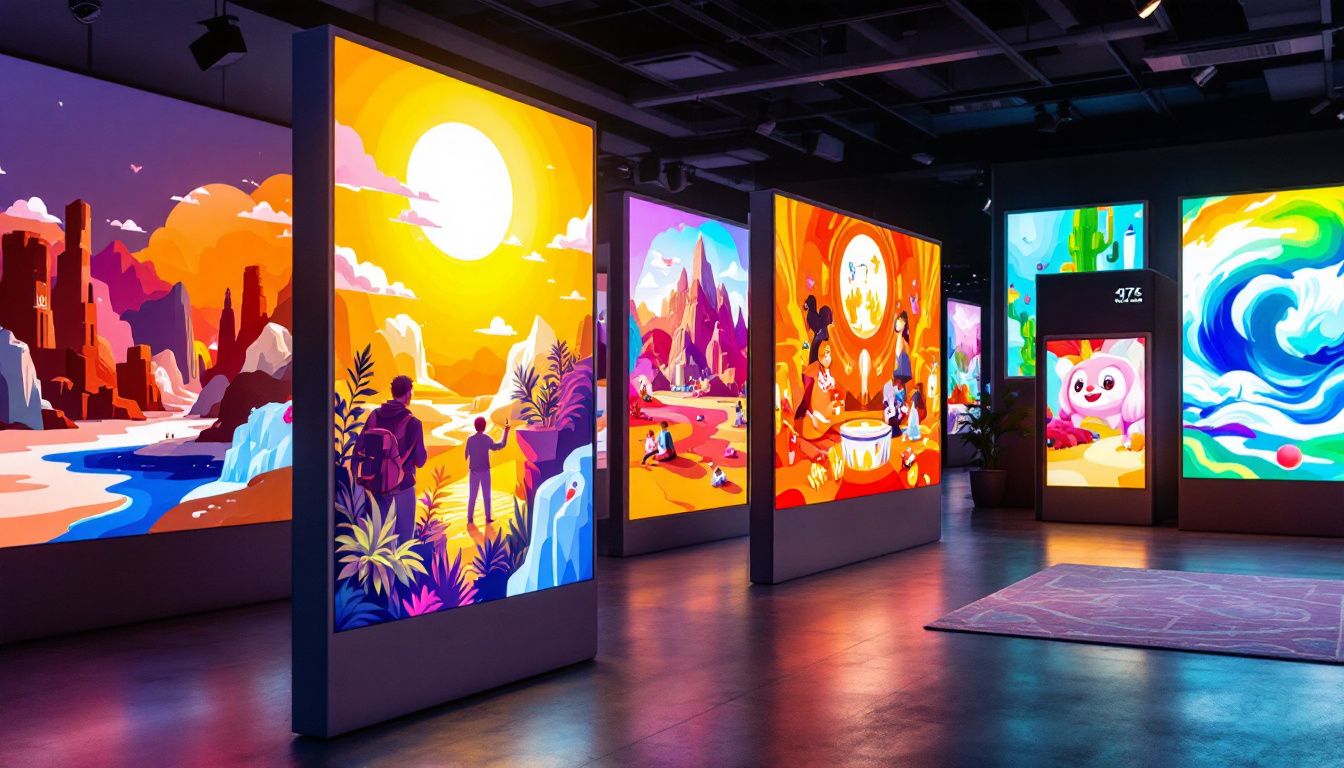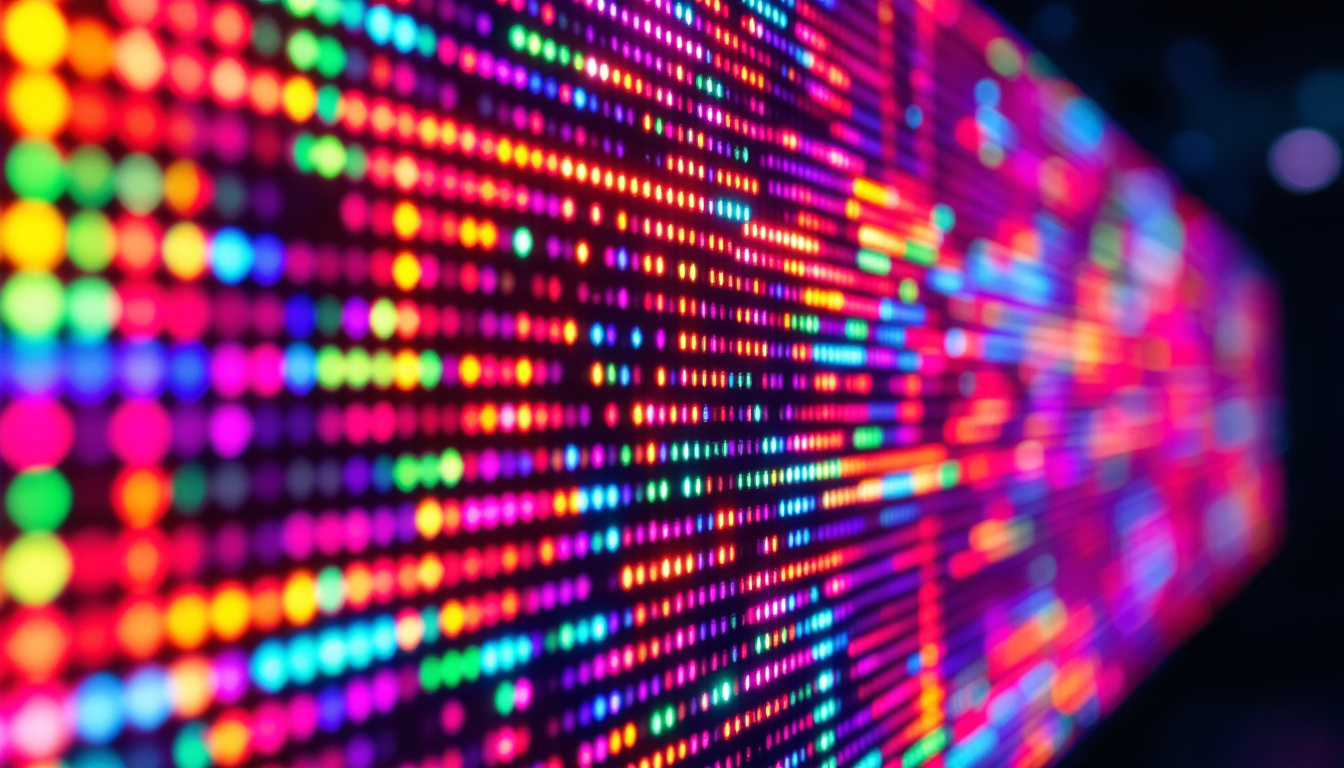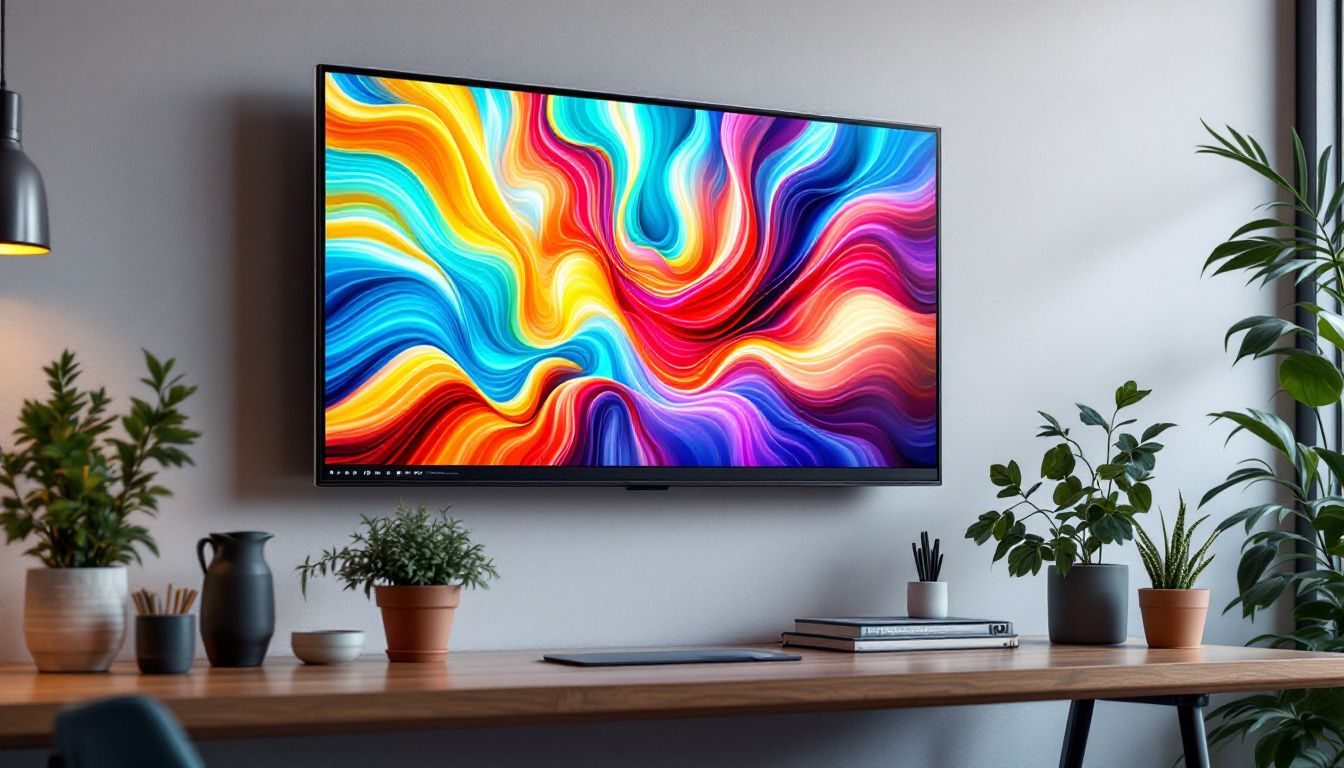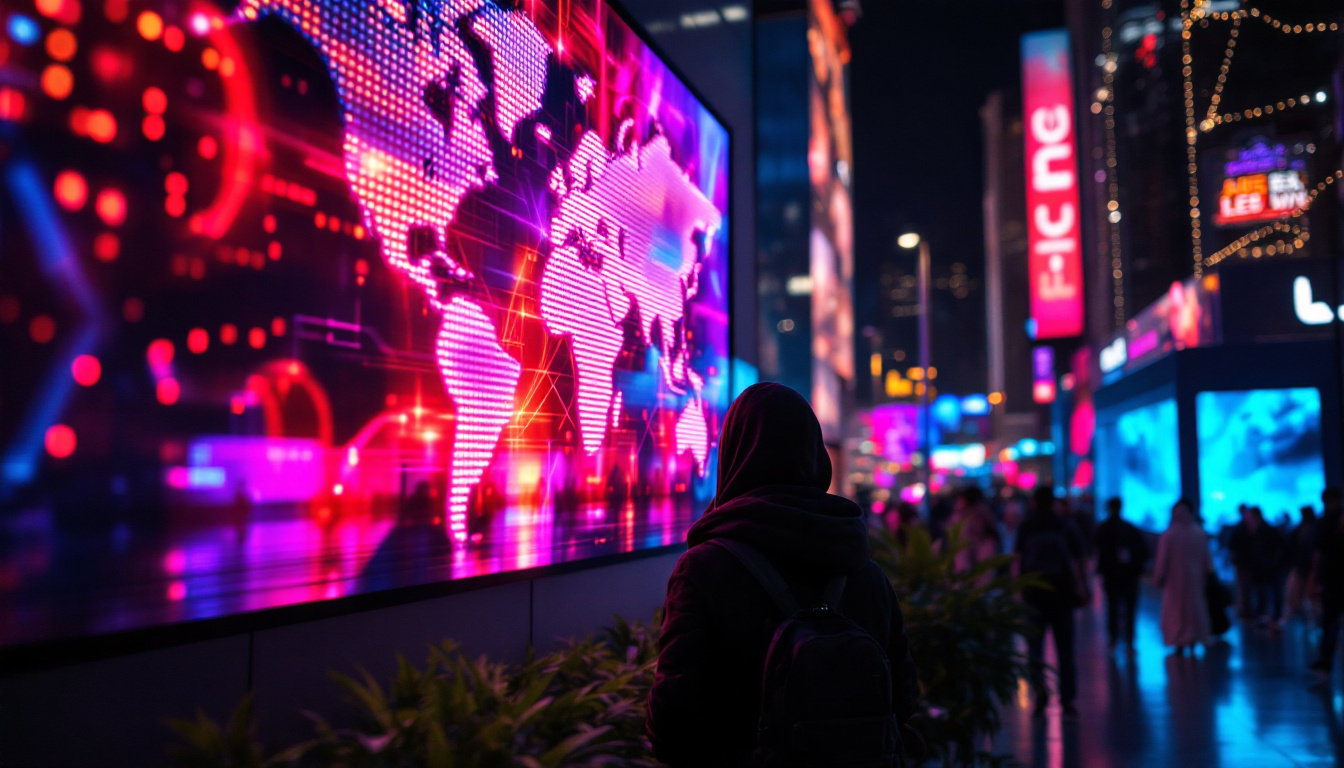In the modern world, digital display screens have become an integral part of our daily lives. From advertising billboards to television screens, the technology behind these displays has evolved significantly over the years. One of the most prominent technologies in this field is the LED display. This article delves into the intricacies of LED displays, exploring their functionality, applications, and advantages.
Understanding LED Technology
LED, or Light Emitting Diode, is a semiconductor device that emits light when an electric current passes through it. This technology has transformed the way we view images and videos, providing brighter and more energy-efficient displays compared to traditional technologies like LCD and CRT.
How LEDs Work
At its core, an LED is made from a material that exhibits electroluminescence. When voltage is applied, electrons recombine with holes in the semiconductor material, releasing energy in the form of photons. This process generates light, which can be seen by the naked eye.
LEDs can be combined to create larger displays. By arranging multiple LEDs in a grid, manufacturers can produce screens capable of displaying complex images and videos. The arrangement and color of the LEDs can be adjusted to create a full spectrum of colors, making them ideal for vibrant displays. Moreover, the efficiency of LEDs allows for longer operational lifespans, often exceeding 25,000 hours, which significantly reduces the need for frequent replacements and contributes to lower maintenance costs.
Types of LED Displays
There are primarily two types of LED displays: direct view and backlit. Direct view LED displays consist of individual LEDs that emit light directly, while backlit LED displays use LEDs to illuminate a liquid crystal display (LCD) from behind.
Direct view LED displays are often used in large outdoor screens, such as billboards and stadium displays, due to their brightness and visibility in sunlight. Backlit LED displays, on the other hand, are commonly found in televisions and computer monitors, providing a thinner profile and better picture quality. Additionally, advancements in technology have led to the development of organic LEDs (OLEDs), which offer even greater contrast ratios and color accuracy by using organic compounds that emit light when energized. This has opened up new possibilities for ultra-thin screens and flexible displays, further enhancing the versatility of LED technology in various applications.
Applications of LED Displays
LED displays are versatile and can be found in various applications across multiple industries. Their ability to deliver high-quality visuals makes them a preferred choice for many businesses and organizations.
Advertising and Marketing
One of the most common uses of LED displays is in advertising. Billboards and digital signage in retail stores utilize LED technology to capture the attention of potential customers. The dynamic nature of LED displays allows for changing advertisements and promotions, making them more effective than static displays.
Additionally, LED displays can be programmed to show real-time information, such as weather updates or news headlines, further enhancing their appeal in marketing strategies. This adaptability allows businesses to tailor their messages to specific times of day or events, ensuring that the content remains relevant and engaging. Furthermore, the vibrant colors and high contrast of LED screens can significantly increase visibility, making them stand out in crowded urban environments, thus maximizing foot traffic and customer engagement.
Entertainment and Events
In the entertainment industry, LED displays play a crucial role in concerts, festivals, and sporting events. Large LED screens are often set up to provide audiences with an enhanced viewing experience, displaying live feeds, graphics, and animations.
Moreover, LED technology is used in stage lighting and effects, creating immersive environments that engage audiences and elevate performances. The flexibility of LED displays allows for intricate designs and patterns that can transform a stage into a captivating visual spectacle. From dazzling light shows at music festivals to dynamic backdrops for theatrical productions, LED technology enhances the storytelling experience, drawing audiences deeper into the performance. Additionally, the ability to synchronize visuals with music or live action creates a cohesive atmosphere that resonates with attendees, making events more memorable.
Transportation and Public Information
LED displays are widely used in transportation systems, including airports, train stations, and bus terminals. They provide real-time information about arrivals, departures, and delays, ensuring that travelers are well-informed.
Public information displays in cities also utilize LED technology to convey messages about safety, alerts, and community events, contributing to better communication between authorities and citizens. These displays can be strategically placed in high-traffic areas, ensuring that vital information reaches a broad audience quickly. Furthermore, the energy efficiency of LED technology makes it an environmentally friendly choice for municipalities looking to reduce their carbon footprint while maintaining effective communication. In addition to standard announcements, LED displays can also promote local businesses and events, fostering community engagement and supporting local economies.
Advantages of LED Displays
The popularity of LED displays can be attributed to several advantages they offer over traditional display technologies. Understanding these benefits can help businesses and consumers make informed decisions when choosing display solutions.
Energy Efficiency
One of the most significant advantages of LED displays is their energy efficiency. LEDs consume significantly less power compared to traditional incandescent bulbs and even fluorescent lights. This not only reduces electricity costs but also minimizes the environmental impact associated with energy consumption.
Furthermore, the longevity of LED technology means that they require less frequent replacements, contributing to overall sustainability.
Brightness and Visibility
LED displays are known for their exceptional brightness, making them highly visible in various lighting conditions. This characteristic is particularly beneficial for outdoor applications, where sunlight can diminish the visibility of other display types.
The ability to adjust brightness levels also allows for better performance in different environments, ensuring that content is always clear and engaging.
Color Accuracy and Quality
LED displays offer superior color accuracy and quality, providing vibrant and lifelike images. The wide color gamut achievable with LED technology ensures that colors appear more saturated and true to life, enhancing the viewing experience.
This quality is especially important in applications where visual appeal is paramount, such as advertising and entertainment, where captivating visuals can significantly impact audience engagement.
Challenges and Considerations
While LED displays offer numerous advantages, there are also challenges and considerations that must be addressed. Understanding these factors can help users maximize the benefits of LED technology.
Initial Costs
The initial investment for LED displays can be higher than traditional display technologies. Although prices have decreased over the years, the upfront costs can still be a barrier for some businesses, especially smaller enterprises.
However, it is essential to consider the long-term savings associated with energy efficiency and reduced maintenance costs, which can offset the initial expenditure over time.
Heat Generation
LED displays can generate heat during operation, particularly in large installations. This heat can affect performance and longevity if not managed properly. Adequate ventilation and cooling systems are necessary to ensure optimal functioning and prevent overheating.
In some cases, additional costs may be incurred for cooling solutions, which should be factored into the overall budget for an LED display installation.
Viewing Angles
While LED displays provide excellent brightness and color accuracy, their viewing angles can be limited, particularly in certain designs. Users should consider the placement of the display and the typical viewing positions to ensure that the content remains visible and engaging from all angles.
Advancements in technology are continually improving viewing angles, but it remains a consideration for specific applications, especially in large venues.
Future of LED Displays
The future of LED displays looks promising, with ongoing advancements in technology and applications. As industries continue to explore innovative ways to utilize LED technology, several trends are emerging.
MicroLED and MiniLED Technologies
MicroLED and MiniLED technologies are at the forefront of the next generation of displays. These technologies offer even smaller pixels, resulting in higher resolutions and improved image quality. MicroLED displays, in particular, promise to deliver exceptional brightness and color accuracy while maintaining energy efficiency.
As these technologies become more mainstream, they are expected to revolutionize the consumer electronics market, leading to ultra-thin displays with remarkable visual performance.
Integration with Smart Technology
The integration of LED displays with smart technology is another trend gaining traction. Smart LED displays can connect to the internet and be controlled remotely, allowing for real-time updates and content management.
This capability opens up new possibilities for businesses, enabling them to respond quickly to changing market conditions and audience preferences, ultimately enhancing customer engagement.
Environmental Considerations
As sustainability becomes a more significant concern, manufacturers are focusing on creating environmentally friendly LED displays. This includes using recyclable materials, reducing energy consumption, and improving the overall lifespan of the products.
Consumers are increasingly seeking sustainable options, and the display industry is adapting to meet these demands, ensuring that LED technology remains relevant and responsible.
Conclusion
LED displays have transformed the landscape of digital signage and visual communication. Their energy efficiency, brightness, and color quality make them a preferred choice across various applications, from advertising to entertainment. While challenges exist, the ongoing advancements in technology and the growing focus on sustainability suggest a bright future for LED displays.
As industries continue to innovate and integrate LED technology into their operations, the potential for enhanced customer engagement and improved communication will only grow. Understanding the intricacies of LED displays is essential for businesses looking to leverage this powerful technology effectively.
In summary, LED displays represent a significant leap forward in display technology, offering numerous advantages that cater to the needs of modern consumers and businesses alike. Embracing this technology can lead to more effective communication, enhanced visual experiences, and a sustainable future.
Explore Cutting-Edge LED Display Solutions
Ready to elevate your visual communication with the latest in LED technology? Discover the innovative world of LumenMatrix, where we specialize in crafting LED display modules that bring your brand to life. From the vibrant Indoor LED Wall Display to the dynamic Outdoor LED Wall Display, and from the mobile flexibility of Vehicle LED Displays to the interactive Floor LED Display, our solutions are designed to captivate and engage. Experience the future of digital signage with our Custom LED Displays, All-in-One LED Displays, and LED Transparent Displays. Take the first step towards transforming your visual experience by visiting LumenMatrix LED Display Solutions today.

